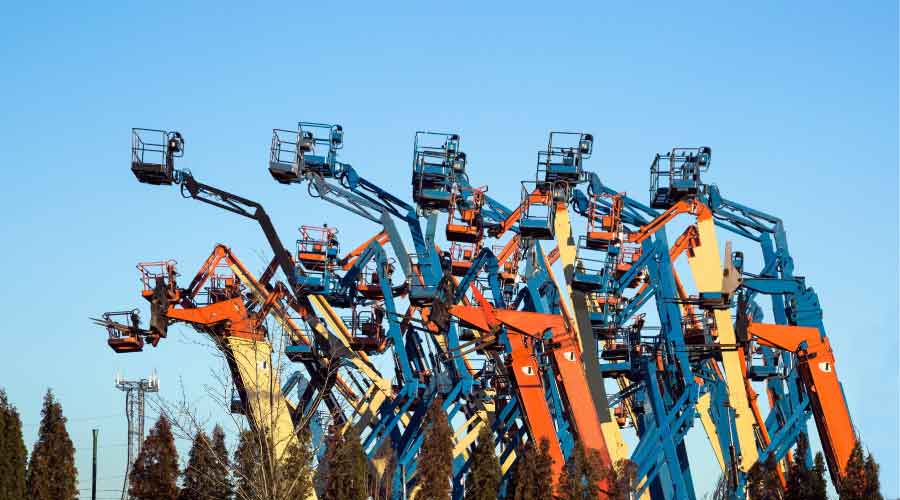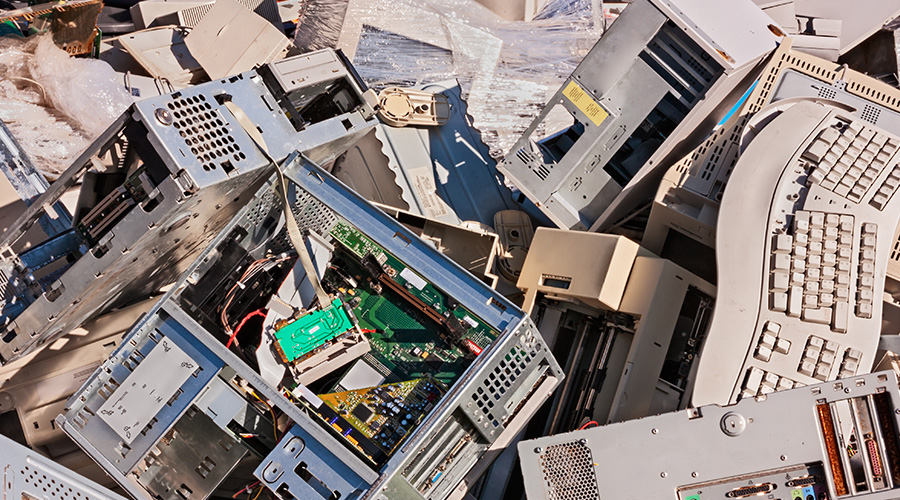Identifying Common Hazardous Wastes
The proper management of hazardous materials requires close attention to regulatory requirements. But managers also must be strategic in specifying a range of products used in handling and storing these materials. Proper management of hazardous materials includes an accurate inventory, appropriate labeling and signage, segregation and storage, material handling, and spill and release response.
These strategies and other tools of the trade can help managers ensure front-line technicians properly store and manage hazardous materials within facilities.
Identifying Hazards
Hazardous materials can take many forms. Among the most common hazardous materials are fuels, paints, solvents, cleaning products, compressed gases, aerosols, coolants, refrigerants, oils, and pesticides. Other products used in facilities can contain hazardous materials and, therefore, require special care and handling. These products include mercury-containing items, asbestos, and lead-containing products.
The first step for managers is to survey facilities to identify hazardous materials and products within their organization and communicate the hazards presented by these materials to their employees, building occupants, and outside contractors. In-house technicians or contractors, such as an asbestos inspector, can perform these surveys.
Related Topics:

















